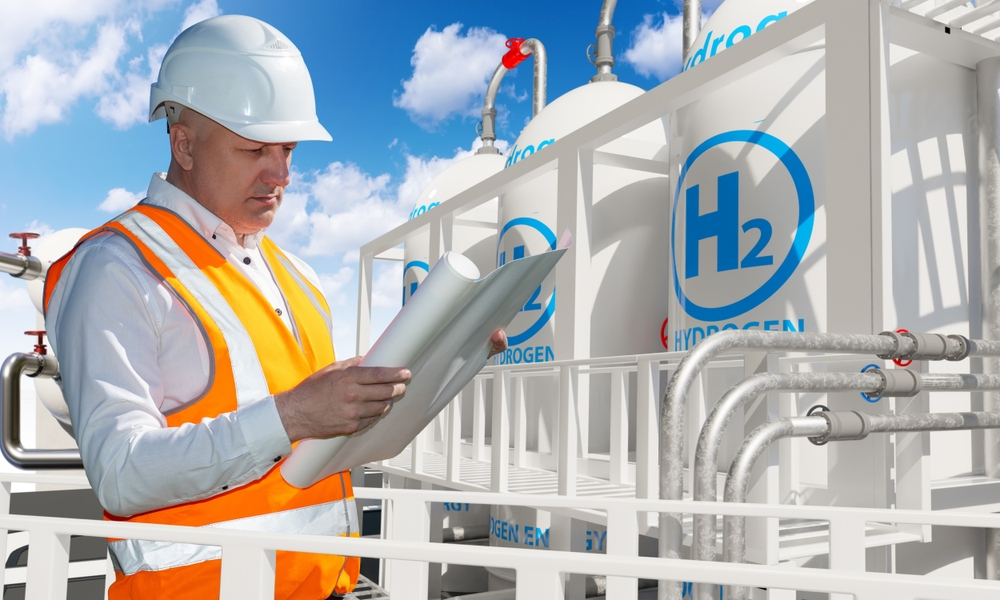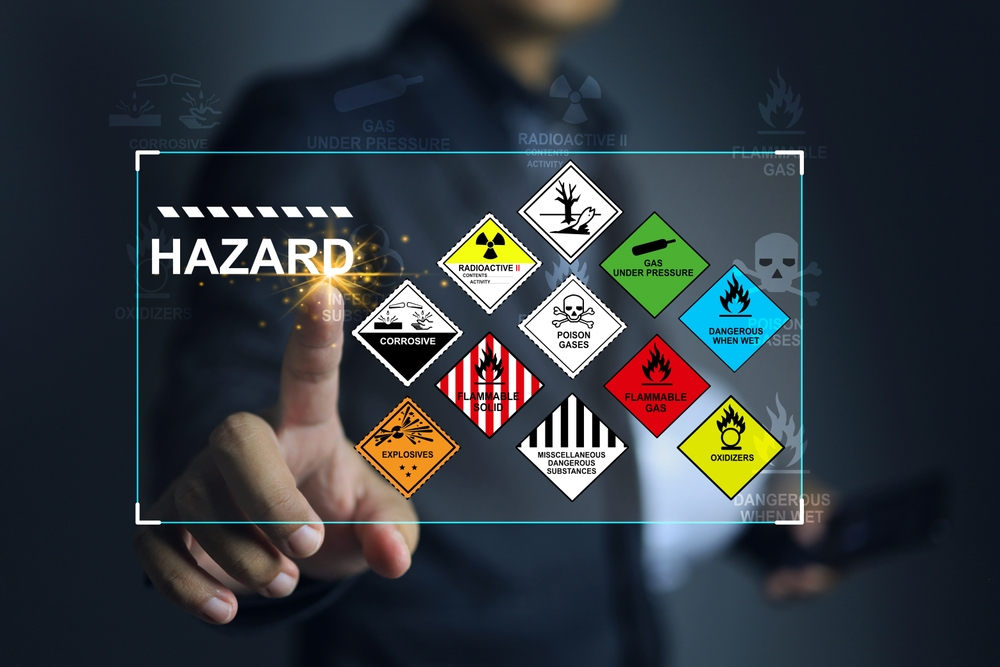Not known Facts About Roar Solutions
Not known Facts About Roar Solutions
Blog Article
The Facts About Roar Solutions Uncovered
Table of ContentsThe Only Guide for Roar SolutionsThe Buzz on Roar SolutionsRoar Solutions Things To Know Before You Get This
In such an atmosphere a fire or explosion is feasible when three basic conditions are fulfilled. This is commonly referred to as the "harmful location" or "burning" triangle. In order to safeguard setups from a possible explosion an approach of evaluating and categorizing a possibly hazardous location is called for. The purpose of this is to ensure the proper selection and installation of devices to eventually stop an explosion and to ensure safety of life.
(https://pastebin.com/u/roarsolutions)
No equipment must be mounted where the surface area temperature level of the equipment is higher than the ignition temperature of the provided danger. Below are some typical dust harmful and their minimal ignition temperature level. Coal Dirt 380C 225C Polythene 420C (thaws) Methyl Cellulose 420C 320C Starch 460C 435C Flour 490C 340C Sugar 490C 460C Grain Dirt 510C 300C Phenolic Resin 530C > 450C Aluminium 590C > 450C PVC 700C > 450C Soot 810C 570C The possibility of the danger being existing in a focus high enough to trigger an ignition will vary from area to place.
Harmful area electrical equipment maybe developed for use in higher ambient temperatures. Area Fixing By Authorised Employee: Challenging screening may not be required however specific procedures may need to be followed in order for the equipment to maintain its third celebration score. Each piece of devices with a harmful rating should be assessed independently.
The Definitive Guide for Roar Solutions
The devices register is an extensive data source of equipment documents that includes a minimum collection of areas to determine each item's area, technological specifications, Ex lover classification, age, and ecological information. This information is crucial for monitoring and handling the equipment successfully within unsafe areas. On the other hand, for periodic or RBI tasting examinations, the grade will certainly be a combination of Detailed and Close examinations. The ratio of Detailed to Close examinations will certainly be identified by the Devices Threat, which is assessed based on ignition danger (the chance of a resource of ignition versus the possibility of a flammable ambience )and the unsafe area category
( Area 0, 1, or 2). This variant will certainly also influence the resourcing requirements for work preparation. When Whole lots are specified, you can create tasting strategies based on the sample size of each Lot, which describes the variety of arbitrary equipment items to be examined. To establish the called for sample size, two aspects need to be assessed: the size of the Whole lot and the category of assessment, which shows the degree of initiative that ought to be used( lowered, regular, or boosted )to the examination of the Lot. By incorporating the category of assessment with the Whole lot dimension, you can after that establish the proper being rejected standards for a sample, indicating the permitted variety of malfunctioning products found within that example. For more information on this process, please refer to the Power Institute Standards. The IEC 60079 common suggests that the maximum period in between inspections must not surpass three years. EEHA examinations will certainly likewise be carried out beyond RBI projects as component of scheduled maintenance and devices overhauls or repair work. These inspections can be attributed towards the RBI example dimensions within the affected Lots. EEHA assessments are conducted to identify faults in electrical tools. A heavy scoring system is important, as a solitary item of tools may have numerous mistakes, each with differing degrees of ignition danger. If the consolidated score of both evaluations is less than twice the fault score, the Great deal is deemed appropriate. If the Whole lot is still taken into consideration undesirable, it needs to go through a complete inspection or justification, which might activate stricter inspection procedures. Accepted Great deal: The reasons of any type of mistakes are identified. If a common failure mode is located, extra devices may require maintenance. Mistakes are classified by intensity( Safety, Integrity, Home cleaning ), making certain that immediate issues are evaluated and attended to promptly to alleviate any influence on safety or operations. The EEHA database ought to track and videotape the lifecycle of faults along with the restorative activities taken. Implementing a robust Risk-Based Inspection( RBI )technique is next critical for guaranteeing compliance and security in managing Electrical Equipment in Hazardous Areas( EEHA) (Roar Training Solutions). Automated Fault Scoring and Lifecycle Management: Effortlessly take care of mistakes and track their lifecycle to boost examination precision. The intro of this assistance for risk-based examination better reinforces Inspectivity's position as a best-in-class remedy for regulatory compliance, as well as for any type of asset-centric inspection use instance. If you have an interest in discovering extra, we welcome you to request a demo and discover just how our remedy can transform your EEHA management procedures.
Roar Solutions - An Overview

In terms of eruptive threat, an unsafe location is an environment in which an eruptive environment exists (or might be anticipated to be present) in amounts that need unique preventative measures for the building, installment and use of tools. eeha training. In this short article we discover the difficulties encountered in the work environment, the threat control steps, and the called for proficiencies to function safely
These materials can, in certain conditions, develop eruptive environments and these can have significant and unfortunate consequences. Most of us are familiar with the fire triangle eliminate any one of the 3 elements and the fire can not take place, but what does this mean in the context of harmful locations?
In many instances, we can do little regarding the levels of oxygen airborne, yet we can have significant influence on resources of ignition, as an example electric equipment. Hazardous locations are documented on the harmful area category drawing and are identified on-site by the triangular "EX-SPOUSE" indication. Below, amongst other essential info, zones are divided into three types depending upon the danger, the probability and duration that an explosive atmosphere will certainly exist; Zone 0 or 20 is regarded one of the most dangerous and Area 2 or 22 is deemed the least.
Report this page